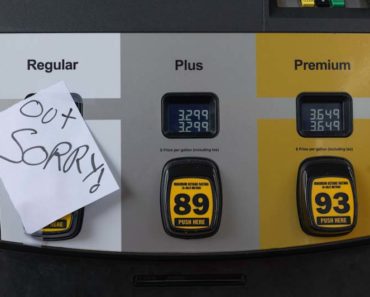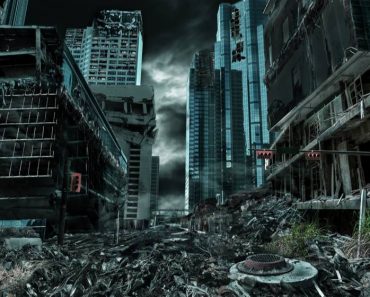The other day I was making small talk with my firearms instructor, “Sam” Krony, and the topic of finding cover in an armed confrontation came up. I wanted to know how he handles himself outside the range and if he ever had to put his experience to the test.
He told me that as a former law enforcement agent, he had quite a few experiences in which he had to use his firearm, and he developed the habit of being aware of available cover since he knows firsthand it can be a lifesaver.
Even when he goes to a restaurant with his wife, he picks a table that is not exposed, and he rarely sits “in the middle of the action”. He prefers a table in a rear corner, with a view of the entrance and the bar, preferably with some sort of obstruction in front of it like a column or load-bearing post.
Every time he goes to a restaurant, he picks his seat based on its proximity to the door and the ability to observe it, keeping his back to a wall and, if possible, having a cover nearby. He says that he’s not the only one doing this, and a lot of his friends do the same and for them, finding cover in their environment is part of their everyday situational awareness.
The need to evaluate your surroundings
Being aware and checking for the nearest cover is especially important if the people accompanying you need to be protected. And I’m not talking here about an important executive that hires private security to keep him safe abroad. I’m referring to family members, both young and old, that may not be able to handle themselves properly in case an active shooter scenario occurs. In such a case, your job would be to evacuate the family members to a safe area, your vehicle, or any other spot where they will have a decent cover.
You should engage the threat only after you’ve provided cover for the most vulnerable members of your party and only when you are being ambushed. Even in such a situation, you should use any nearby cover to give your body protection. Stone or concrete walls, columns, large planters, parked vehicles, telephone poles, and even mailboxes are still better than nothing.
Using vehicles for cover
Sam did a lot of evacuation under fire drills when he was stationed in Iraq, and he often trained the local police and military personnel for scenarios in which their vehicles would be stopped. He says that vehicles will offer good cover if you know how to position yourself.
In general, the engine compartment and the wheel wells are considered some of the best choices. The problem with using vehicles for cover is that the bodies of today’s vehicles and materials used to build current vehicles do not offer much protection against bullet penetration.
In fact, ballistic resistance tests of passenger vehicles show that only a few vehicles can offer some sort of protection. During such tests, it was discovered that the mechanical gear in some doors would stop or deflect some bullets.
Even so, they can still provide cover and as we mentioned previously, being able to use something for cover is still better than nothing, and it beats being exposed out in the open. The trick with using vehicles for cover, regardless if you take cover behind the engine compartment or any other part of the vehicle, is being aware of where your feet and legs are.
If your legs and feet are exposed and visible, they might get shot. And while you may say that not everyone has enough training or proper accuracy to hit these exposed body parts, in certain situations, they don’t even have to aim for them. Bullets may ricochet off the pavement under the car and into you.
During a carjacking scenario, the inside of your car does not create the optimal cover, even if the seat and doors may offer some rudimentary protection. Even so, you have an advantage because the average bad guys don’t know the difference between cover and concealment.
Most of them will believe that if they can’t see you, they can’t shoot you. Only those with extensive training take into account bullet penetration and will often shoot at covers that do not offer enough protection.
Improvised covers
There are all sorts of makeshift covers around us, and you just need to be able and spot them. Lumber piles, concrete blocks, and other materials on construction sites, vending machines, large cement flower pots, etc., all offer available cover.
Depending on the material these covers are made of, you also have to consider bullet spalling and fragmentation. It’s recommended to leave some space between you and the cover if possible. Also, it would be a good idea to wear ballistic glasses since they offer additional protection. For example, Sam wears a pair of ballistic glasses that look like regular glasses even when he’s not at the range.
Natural covers like big rocks or healthy trees are ideal covers, and these natural features should be exploited if you ever find yourself in an armed confrontation. For example, a good-sized tree can stop powerful bullets like the 5.56-x45mm or the 7.62x39mm rounds.
Another thing to keep in mind when using natural covers is to also take advantage of uneven ground since ditches, raised beds, and terraces can all offer some sort of cover.
Sam told us about a mission in Iraq in which a vehicle column was ambushed while passing through a neighborhood considered a hot zone. Their armored vehicles were able to withstand the attack, but some of the vehicles from the column, average passenger cars, were hit hard. Some of the passengers got out and dropped to the ground, and he says that’s the only thing that saved their lives.
He explained that they were taking lateral fire, and those that dropped to the ground next to the curb were protected by that low cover since the bad guys were mainly shooting high, trying to hit those inside the car. So, even the low cover, like the curb, made a difference that day, and it was advantageous to those who survived.
Using indoors cover
When you find yourself inside a structure, the architectural features of that structure will often offer some sort of cover. For example, you can crouch behind staircases or concrete barriers inside a garage and use these features as cover.
Another thing to keep in mind is that you can use appliances and pieces of furniture for cover as well. Even if these may not be the perfect cover, they may still offer some protection, and bullets will often get stopped by the elements composing these items or get deflected away from your body.
Sam was hired as a technical adviser by various companies, and part of his job was to make escape plans for employees in case of an active shooter scenario. He had to look at the various architectural features of buildings and figure out places that could be used for cover by both a defensive or an assault force.
For some of these jobs, he was even put in charge of acquiring defensive/protective furniture and finding the right placement for it inside various rooms so that it could be used for cover in case it was needed. He was amazed to discover how many options there are when it comes to protective furniture, from desks and couches to office chairs.
Considerations for basic cover
When discussing cover, Sam points out that the following should be kept in mind:
- You have to think creatively and observe the cover around you. It’s often all around us, and we need to open our eyes.
- When armed, cover gives you a position from which to fight, and this creates a great advantage. If you are not armed, cover can shield your body during an armed confrontation. This can provide you with enough time until the attacker leaves or until he is neutralized. However, keep in mind that he may come to get you, so if escape is possible, get away from the threat.
- Train for real-life scenarios and the way you may be forced to fight. When you practice with your firearm, use any simulated cover available. Look for outdoor or indoor ranges that allow you to bring a couple of improvised covers (even cardboard cutouts will do) to shoot around or over.
- Think about ways to fit your body behind the cover you pick. Sometimes you will have to prone, kneel or lie sideways to use certain covers. Also, figure out if you can shoot from those positions and train to do so if you cannot.
- Understand the difference between concealment and cover. Concealment means hiding, and while it can be a good thing during most armed confrontations, a trained attacker will shoot you through concealment.
- Cover and concealment can become both a blessing and a curse. First of all, remember that even an attacker can use cover and concealment, and in such cases, you have to change your position to engage him. You will have to move to a different position to have a clear line of fire, wait him out until he exposes himself, or move to a position where his cover stops him from seeing you, giving you enough time to escape. And second, don’t corner yourself when picking a certain cover, especially if you’re not armed and you can’t engage the attacker. Use cover and concealment on your way out to safety, and never pick a spot that keeps you in a single spot unless you are forced to do so.
- When accompanied by a family member, you have to figure out ways to cover or conceal their presence as well. You will need cover for both you and them. This may be difficult to do if you are not trained, and Sam suggests keeping your eyes open and observing the places you go to a lot. This helps you have a plan (even if it’s only a mental one) to cover, fight, and evacuate.
Make situational awareness a habit
Sam told me that he’d made a habit out of finding cover, and he checks for cover even when he goes shopping. No matter where you find yourself, you should make it a habit to look around whatever you are doing or plan on doing. Being aware of your available cover wherever you are can be a lifesaver.



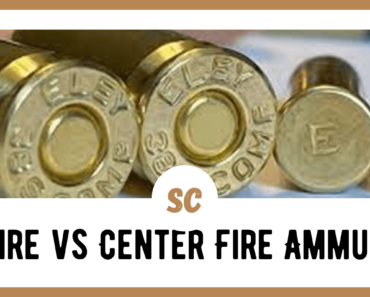
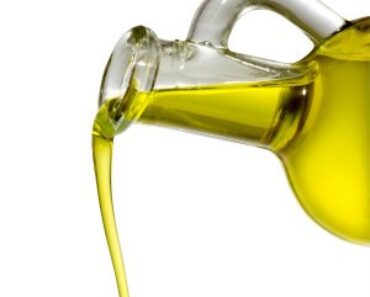
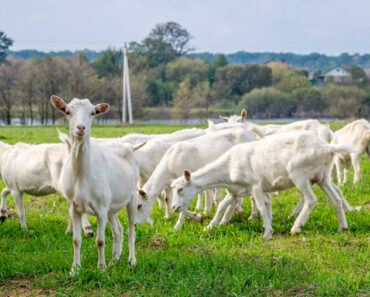
![[VIDEO] Transforming an LMTV into the Ultimate Bugout Overlander – Part 5 [VIDEO] Transforming an LMTV into the Ultimate Bugout Overlander – Part 5](https://survivalcove.com/wp-content/uploads/2023/02/lmtv_article_edited-370x297.jpg)
